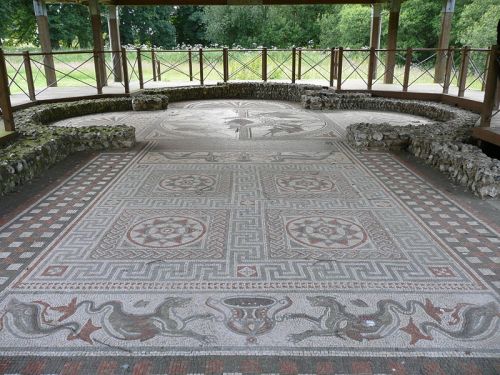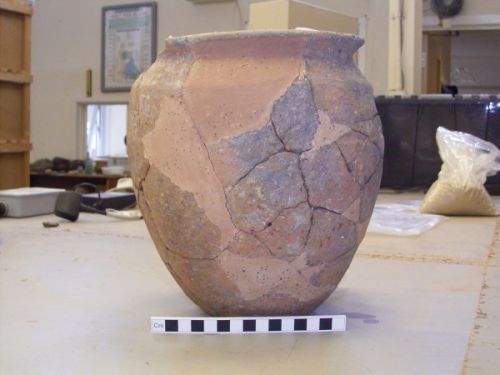Our Littlecote EPPIC placement started in May 2010, and will run until the end of April 2011. Darren Baker is the lucky post-holder, and he will be spending the year working on the finds and environmental samples from Littlecote Roman Villa near Hungerford. This is a large and complex site – there are also medieval and post-medieval elements to it – with a substantial finds assemblage. Darren will be learning the process of recording, analysis and reporting for various finds and environmental types, under the supervision of several of our in-house specialists. Funding for our specialist supervision has come from a grant from the Roman Research Trust (RRT), via Wiltshire Heritage Museum in Devizes.
EPPIC placements (English Heritage Professional Placements in Conservation), which are designed to provide work-place learning opportunities, have been running since 2003; they are funded by English Heritage and administered by the Institute for Archaeologists (IfA). WA has already hosted several successful placements in Coastal and Marine, but this is the first such placement working in Post-excavation.
The background
The site at Littlecote Park is located to the west of Littlecote House, just off the A4 to the west of Hungerford, and just within the border of Wiltshire. The presence of a Romano-British site in the park was first recorded in 1727, when a well-preserved mosaic floor was found, and this was later relocated in 1976. To the south of the house are the earthworks of the medieval village of Littlecote. Overlying the remains of the Romano-British buildings, a hunting lodge was built in the mid 17th century, and remained in use until being demolished in the later 18th century.
Excavation on the site, under the direction of Bryn Walters and Bernard Phillips, ran from 1978 to 1991, and eventually covered more than one hectare. The excavations were funded first by the landowners, and subsequently the RRT. Since 1991, a certain amount of post-excavation work has taken place, and interim reports have been published, but the site has not yet been brought to full publication.
In 2001 WA undertook a rapid assessment of most of the finds and environmental material for the RRT. The assessment confirmed the finds assemblages as being generally of regional importance, and for certain categories of material of national importance.
Darren’s task
At the time of the assessment in 2001, the finds archive comprised around 1000 boxes, but this has now been reduced somewhat by the ‘weeding’ of the ceramic and stone building materials, and oyster shell. However, the remaining finds assemblage is still substantial – about 115,000 sherds of pottery, over 300 coins, about 3000 other metal objects, about 2000 fragments of vessel glass, and about 3700 pieces of wall plaster.
The main part of Darren’s work will be to provide basic catalogues of most of these categories. A certain amount of information already exists, but as yet we have only been able to access this in hard copy – Darren is entering all information into a database. The placement is also designed to help Darren understand both how and why we analyse finds and environmental material, and to give him an opportunity to use his new-found knowledge to prepare publication reports.

